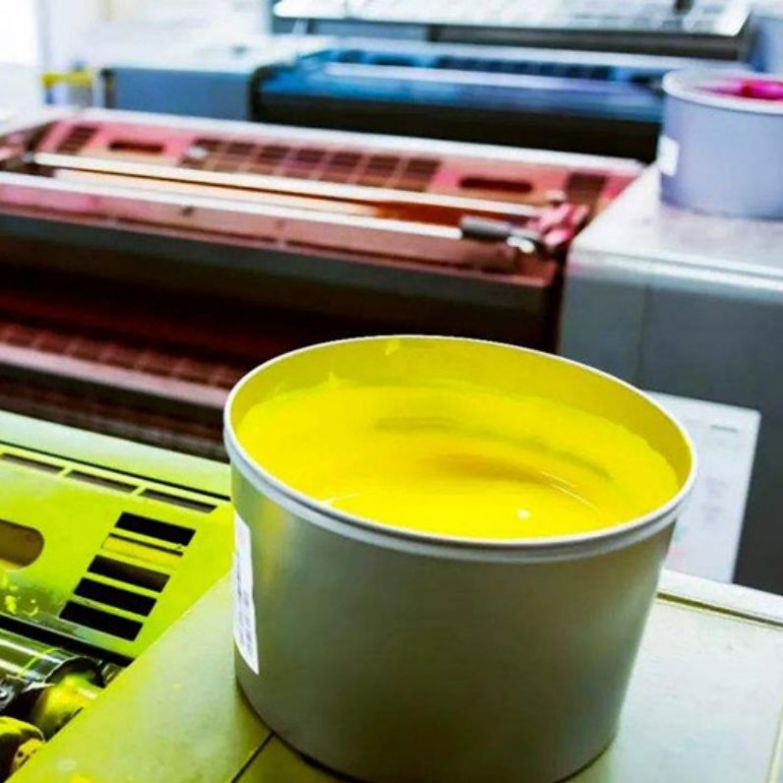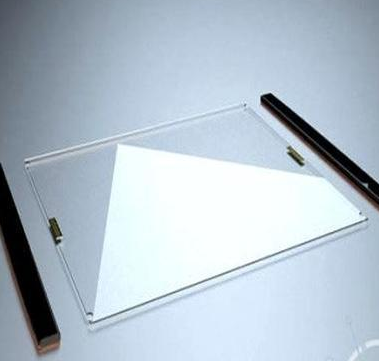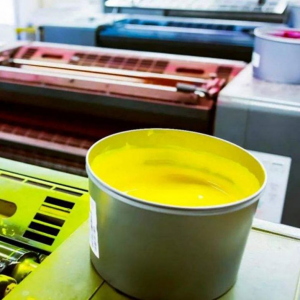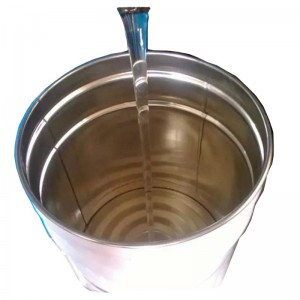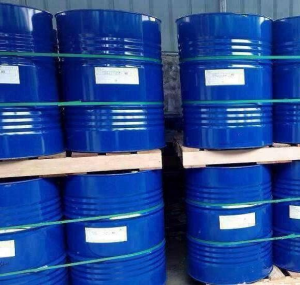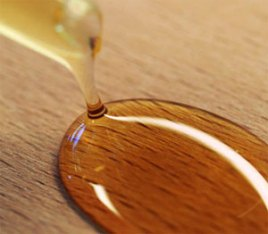Hot selling aromatic polyether polyurethane acrylate for wood, paper and plastic coatings
Product Detail
| Product code | ZC6203 |
| Appearance | Water white or yellowish transparent liquid |
| Viscosity | 40000 -70000 at 25 Celsius Degree |
| Functional | 3 |
| Product features | Good toughness, high film strength and fast curing |
| Application | Wood, paper, plastic coating |
| Specification | 20KG 25KG 200KG |
| Acid value (mgKOH/g) | <0.5 |
| Transport Package | Barrel |
Product Description
ZC6203 is a polyether type polyurethane acrylate. Polyether polyol is abbreviated as polyether. It is an oligomer with ether bond (- r-o-r -) in the main chain and more than two hydroxyl groups (- OH) in the end group or side group. It is prepared by polymerization of initiator (compound containing active hydrogen group) with ethylene oxide (EO), propylene oxide (PO), epoxy butane (Bo) in the presence of catalyst. The largest output of polyether is glycerol (glycerol) as initiator and epoxide. Various general polyether polyols are produced by changing the feeding mode (mixed or separate), dosage ratio and feeding order of Po and EO.
Its technical index: viscosity is 40000-70000pa S / 25 ℃, acid value < 0.5 (NCO%), functionality 3 (theoretical value), colorless or yellowish transparent liquid in appearance; This product has the advantages of good toughness, high film strength, high reaction activity, solidified block and so on. It is widely used in light curing ink, wood furniture, floor coating, paper coating, plastic coating, vacuum spraying, metal coating and other fields.
The main chain of zc6203 contains ether bond (- r-o-r -), and the end group or side group contains oligomers with more than 2 hydroxyl groups (- OH). It is formed by ring opening polymerization of low molecular weight polyols, polyamines or compounds containing active hydrogen with oxidized olefins under the action of catalysts. Oxidized olefins are mainly propylene oxide (propylene oxide) and ethylene oxide (ethylene oxide), of which propylene oxide is the most important. The molecular weight of polyether with hydroxyl-propylene glycol and tetrahydroxy-propylene glycol in common use is 4000-400. Polyether resins used as adhesives should remove the residual alkaline catalysts during polymerization, because they can catalyze the dimerization of isocyanates and affect the quality of adhesives.
Application and Product images
